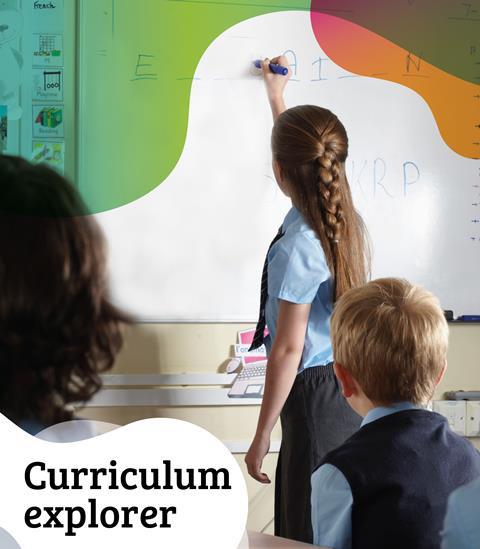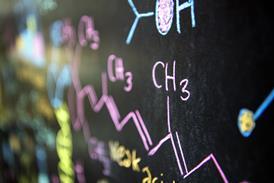
Jo Haywood
Jo teaches on the PGCE at the University of Cambridge where she works with students across science specialisms, providing chemistry subject knowledge and pedagogy input. Alongside this, she currently works at Hockerill AngloEurpean college, teaching students from age 11-19 having previously taught in Cambridge state sector schools.
Her work with undergraduate students as Director of Studies for Chemistry at Homerton College means she has a particular interest in progression to tertiary education and the skills and knowledge that this requires to be successful. She has been one of the RSC CERG fellows, looking at the use of British Sign Language in the teaching and learning of chemistry.
 Resource
ResourceDiffusion of colour in water | Johnstone’s triangle worksheets | 11–14 years
Use this worksheet to develop learners’ understanding of diffusion as they observe coloured dyes diffusing in water
 Resource
ResourceMelting and boiling | Johnstone’s triangle worksheets | 11–14 years
Develop learners’ understanding of melting and boiling with this worksheet, including a teacher demonstration for learners to observe
 Resource
ResourceDissolving salt | Johnstone’s triangle worksheets | 11–14 years
Use this worksheet to develop learners’ understanding of solutions as they observe how salt and sand behave in water
 Resource
ResourceStates of matter | Johnstone’s triangle worksheets | 11–14 years
Use this worksheet to develop learners’ understanding of states of matter, including a teacher demonstration
 Resource
ResourceIsotopes of hydrogen | Johnstone’s triangle | 14–16 years
Use this worksheet to develop learners’ understanding of atoms and isotopes by considering ‘heavy water’ ice cubes
 Resource
ResourceAtoms and ions of copper | Johnstone’s triangle worksheets | 14–16 years
Use these worksheets to develop learners’ understanding of atoms and ions, including a demonstration of a metal displacement reaction
 Resource
ResourceAtomic structure of lithium | Johnstone’s triangle worksheets | 14–16 years
Use these worksheets to develop learners’ understanding of atomic structure, using the example of lithium
 Ideas
IdeasFrayer models offer a window into students’ science capital
Use the literacy framework to explore, break down, explain and consolidate chemistry concepts
 Resource
ResourceParticle diagrams of water | Johnstone’s triangle worksheets | 14–16 years
Use these worksheets to develop learners’ understanding of particle diagrams of water in the solid, liquid and gas state
 CPD article
CPD articleHow to teach titration post-16
Tips for teaching practical titration techniques and the underlying theory
 CPD article
CPD articleHow to teach reversible reactions and equilibrium at 14–16
Use these tips and teaching ideas to secure student understanding when teaching this tricky topic
 CPD article
CPD articleHow to teach quantitative chemistry at post-16
Use these tips to help your students successfully calculate reacting masses and limiting agents
 Class experiment
Class experimentAcid–base back titration | 16–18 years
Write balanced equations and calculate reacting masses and moles to find the limiting reagent
 Opinion
OpinionHow I felt as a teacher trainer in the pandemic
A chemistry lead from a PGCE recalls how they adapted to lockdowns and reflects on what that experience means for teacher training now
 CPD article
CPD articleTeaching chemistry equilibria post-16
How to help students tackle equilibrium challenges at post-16











